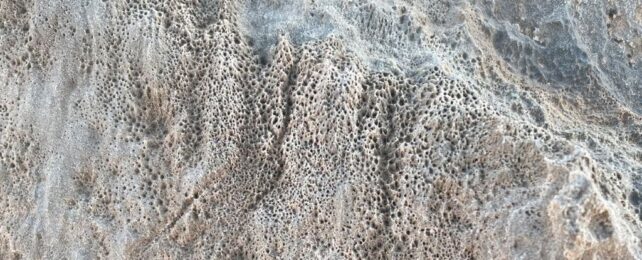An unusual pattern of tiny rock tunnels, first found in Namibia's desert roughly 15 years ago, could be the work of an unknown life form – a mysterious microorganism unlike any other described bacteria, fungi, or lichen on Earth.
For all we know, the species that made these ancient burrows could still be living today, munching away at rock beneath our feet.
The shallow, minuscule holes, which are also found in rock outcrops of Oman and Saudi Arabia, are described for the first time in a new paper from researchers in Germany, led by geologist Cees Passchier from Johannes Gutenberg University.
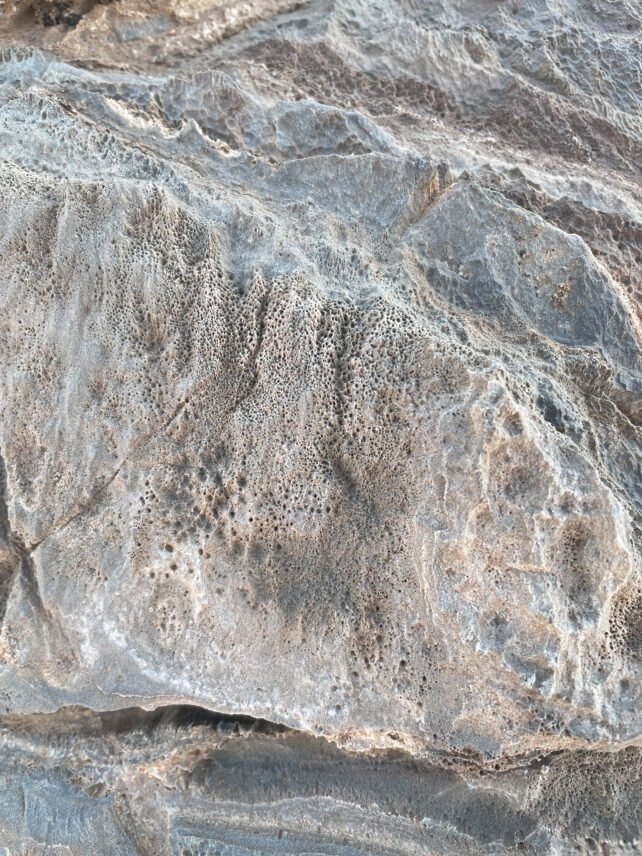
Because the 'micro-burrows' are filled with a fine powder of pure calcium carbonate, the team strongly suspects they were not made by geological forces but by rock-munching organisms. No known chemical or physical weathering mechanism can explain the phenomenon.
"What is so exciting about our discovery is that we do not know which endolithic microorganism this is," explains Passchier, referring to special organisms that can suck nutrients from rock and minerals.
"Is it a known form of life or a completely unknown organism?"
The only signs we have of the curious creature's existence date back more than a million years.
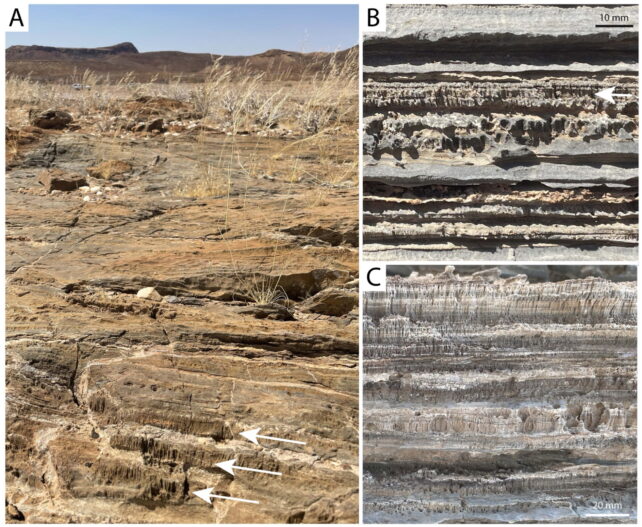
Long ago, the marble and limestone outcrops found in North Africa and the Arabian Peninsula were not baking under the heat of the Sun but were likely sheltered from light under the ocean floor.
As organic material rained down from the sea above, marine snow probably seeded the rocky sediment with nutritious biomatter.
Later, when tectonic activity lifted the rock layers to the surface, the intense heat and pressure presumably broke the biomatter up into smaller molecules that could be eaten by endolithic microorganisms.
Because the bands of burrows run parallel to rock fractures, researchers suspect that life forms entered into the formations via streams of water during a more humid climate than today.
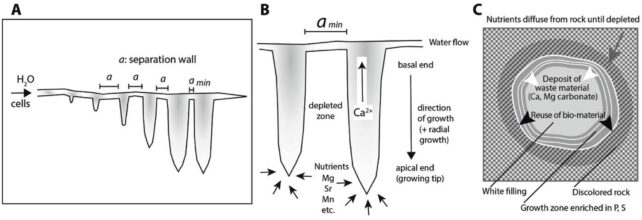
Once inside the rock, they began to munch on the short-chain hydrocarbons and other nutrients captured in the carbonate, possibly dissolving them with the aid of a secreted acid.
The organisms seem to have multiplied as they ate; the width of the tubes is much wider than a single cell. As the growing colony depleted the surrounding rock of nutrients and essential elements, they probably dug deeper, away from the fissure in a relatively straight, downward line.
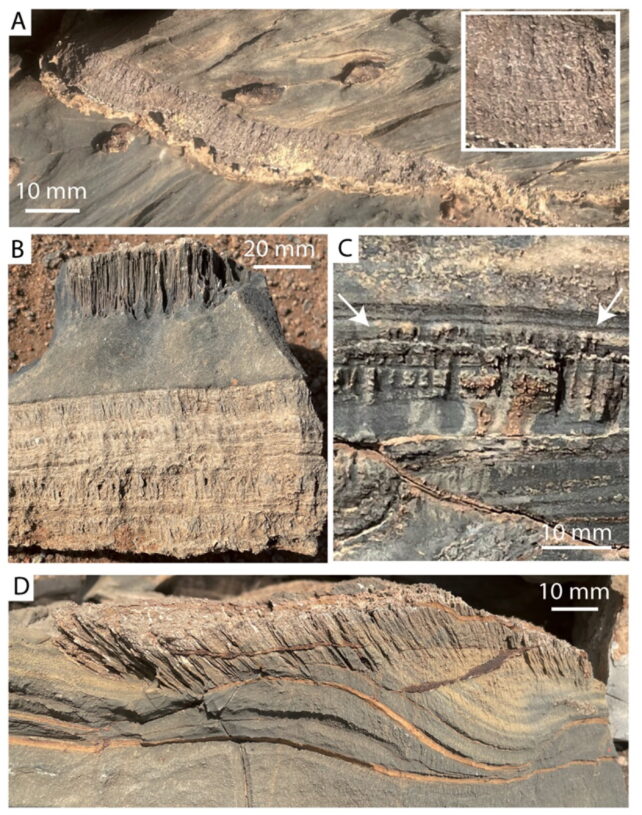
This could be why all the colonies tend to grow in the same direction, creating a row of vertical tunnels in the rock, speculate Passchier and their team. Unlike the rock-boring mycelium of some fungi, these burrows do not interconnect.
"Bacteria have been isolated from deep rocks, where they feed on inorganic and organic material dissolved in water circulating in small fissures and fractures," explain Passchier and colleagues, "but these have not been associated with boring activity."
If it wasn't for intense weathering and erosion, these holes would have remained hidden from our eyes.
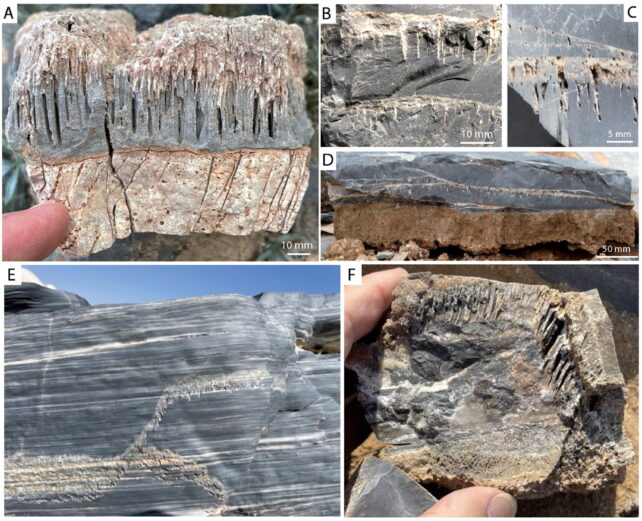
"This form of life, of which we do not know whether it still exists, could be important for the global carbon cycle," says Passchier.
"It is therefore essential that the scientific community becomes aware of it."
Because these microorganisms can release trapped carbon, they could have a profound and overlooked impact if numerous enough. The researchers say these burrows are relatively common in the desert outcrops of North Africa and the Arabian Peninsula.
"If this limestone-consuming and erosion-enhancing biological activity has taken place on a large enough scale, its contribution to the global carbon cycles would need to be incorporated in models to accurately describe past processes," conclude the authors of the study.
"Whether this would affect predictions about future carbon cycling remains to be seen."
The team hopes their work will inspire field workers and specialists around the world to find and identify similar rock features.
The study was published in Geomicrobiology Journal.
